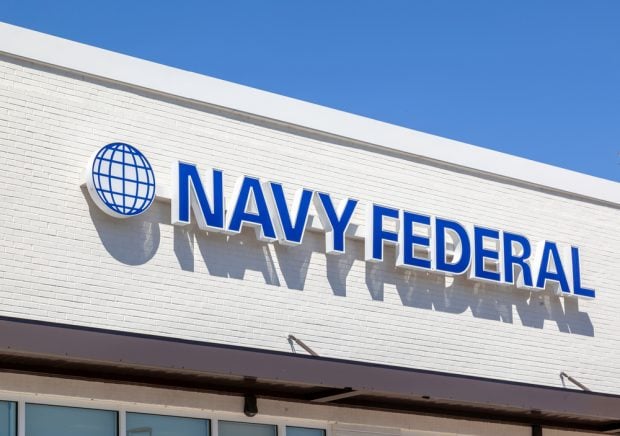Did you read that Uber has partnered with NASA to bring a "flying car" taxi service to Los Angeles by 2020? For real. I read it on the internet so I know it's true. But how is this even possible? Should my credit union be preparing for this?
Whether flying cars become a real thing or not, the reality is our industry and those around us are being disrupted at incredible speeds. New technologies and solutions are appearing almost daily in our lives in ways we never thought imaginable.
I read a lot of cool articles on innovation in my role at Filene. One that really struck a chord with me is from The Atlantic, called "Google X and the Science of Radical Creativity."
Recommended For You
Google X is a moonshot factory where employees solve crucial world problems with radical ideas. The leader's name is Astro; his title, captain of moonshots. No joke. The entry criteria for moonshot ideas is: It must address a huge problem, it must propose a radical solution and it must employ a relatively feasible technology. "In other words, any idea can be a moonshot – unless it's frivolous, small-bore or impossible."
You might have heard recently about one of their moonshots called Project Loon. It's been in development since 2011 and recently used on a small scale after the hurricanes in Puerto Rico.
Its moonshot is bringing internet to two-thirds of the world without the current infrastructure or access. Loon uses large solar-powered balloons that sit just below outer space and broadcast a cellular internet signal below. Huge problem. Radical solution. Feasible technology.
This is a great example of a company pushing the envelope of innovation and planning for the future. While their work may seem out there, the structure and willingness of how they do it is the true lesson.
Should credit unions be going all-in on crazy moonshots? Probably not. It's easy to argue that we should be putting the bulk of innovation dollars into the less risky incremental innovative tweaks that increase efficiencies.
But, credit unions do need to have a little more willingness to think beyond our industry. We need to plan for unknown futures through the lens of our members by looking at the trends in the world today affecting the lives of our members. Trends are a fundamental part of revealing innovation opportunities. Here are a few you should know:
Bitcoin/Cryptocurrency: In 2014, rapper 50 Cent gave fans the option to buy his latest album using bitcoin. He left it at that, and recently discovered that the earnings on those albums sold with bitcoin have reached $8.5 million! Bitcoin's rise has been steady and is just one example of a cryptocurrency gaining legitimacy. Cryptocurrencies are gaining popularity at exponential rates and your members are getting in on the action.
Autonomous Vehicles: I question the speed at which the flying vehicles trend is taking off. But the disruption trend toward autonomous vehicle ownership, rideshare opportunities, lending, the police, the DMV, financing and transportation in general is legit. It affects almost everyone.
Climate Change: Yep, I believe in global warming. And I'm not alone, so do 97% of climate scientists in the world, according to NASA. Whether you believe human activities are to blame or not, it's hard to dispute the evidence and trend that our climate is warming. From the recent hurricanes in Texas and Florida, to the rising sea level in Miami, climate change has potential to have a huge impact on the financial health of our members.
These trends should be informing your innovation strategy and pushing you in certain areas and/or futures that you might never have imagined playing in.
As our namesake Ed Filene once said, "The moment a business ceases to be an experimenter and comes to regard itself as an expert, it may be sure that dry rot has set in." There is disruption all around us; don't get stuck in your credit union's four walls.

Ryan Foss is Managing Director, Innovation at the Filene Research Institute. He can be contacted at 952-201-2130 or [email protected].
© 2025 ALM Global, LLC, All Rights Reserved. Request academic re-use from www.copyright.com. All other uses, submit a request to [email protected]. For more information visit Asset & Logo Licensing.






